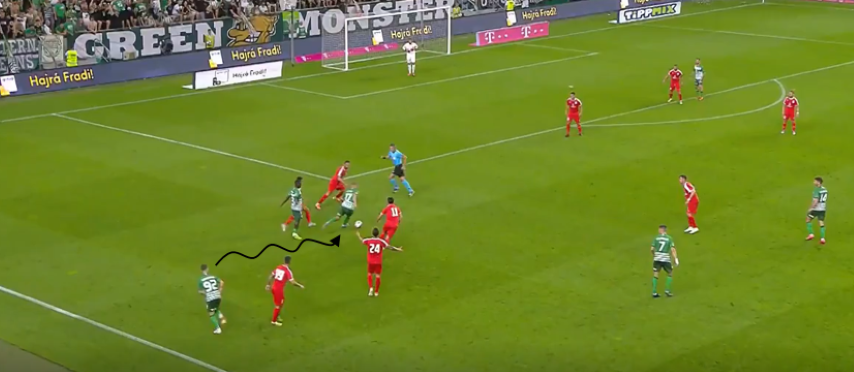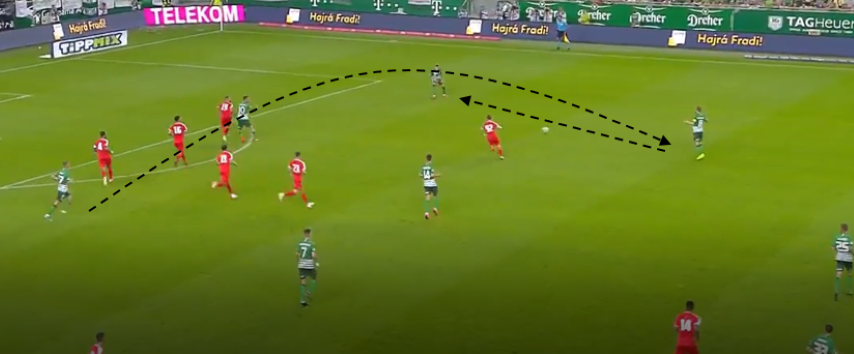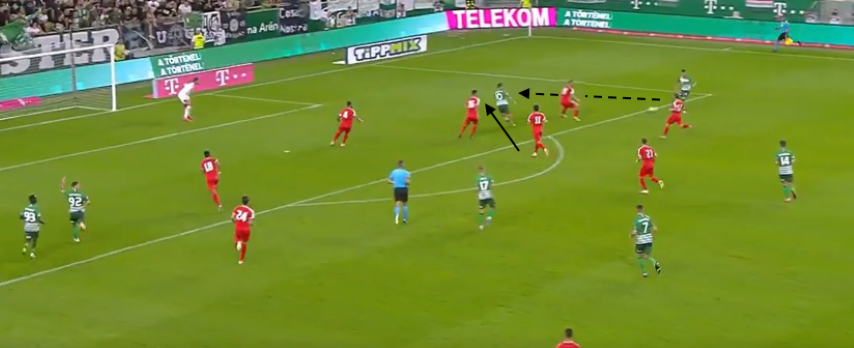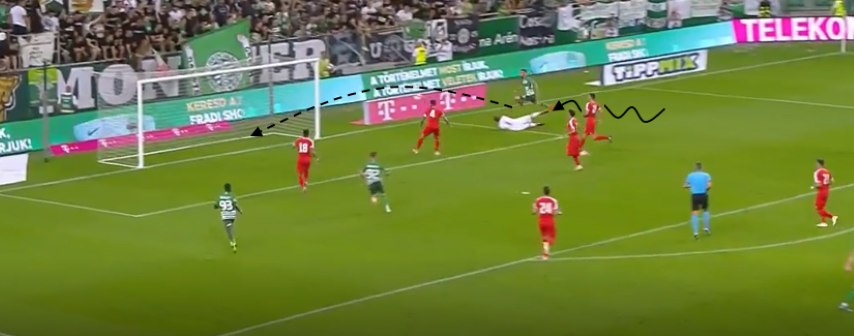By Philip Cauchi
Question - What are the benefits of good wing play and attacking from wide?
Our main aim in soccer is to score more goals than our opponents to win the match. It is therefore imperative that in possession we aim to play vertically as much as possible to break defensive lines and create scoring chances. We call this principle of play ‘penetration’.
In order to achieve penetration we must manipulate the ball in ways that will unbalance the opposition’s defensive structure by creating the necessary space/seams to play forward. There are teams who play very narrow, compact and deep. This makes it very hard to play through them or over them using high balls. Here we are required to create width with the aim of stretching the opposition’s defence, thus creating vertical spaces or passing lanes which we could exploit by playing through. If we cannot play through as the opponents might remain very compact and are also hard to pull out of position, we try to outnumber them on the flank. Here we aim to get around and behind the defence forcing them to face their own goal. From this situation the options to play a cross or a cut back pass might enable us to create a clear cut scoring opportunity.
Game situations when it is required to use width in attack:
1. When the opponents are narrow and are defending deep, therefore there is less space available to penetrate. We should therefore aim to get around the defence, play crosses, cutbacks or lob the ball towards the far post behind the defence.
2. When the opponents are hard to break defensively, thus we overload one side of the pitch to isolate the opposite. This is commonly known as ‘overload to isolate’. We attract the opponents towards one flank and then switch play to the opposite which is less protected.
3. When the opponents have a weakness on one of their flanks. This can be a slow or a technically weak full back. We could position a wing player who possess a high level of physical speed and is good in 1v1 offensive situations on this flank. We can also instruct the full back on the same side to overlap thus creating 2v1 situations which becomes easier to get around and behind the defence from this part of the pitch.
The key performance outcomes that enable us to switch play:
1. Positional play to have both width, length and depth in attack. This helps us to make the pitch bigger, thus more space that ensures good circulation of the ball.
2. Create multiple lines in our formation that provides the ball-carrier with more playing options. This includes having various passing angles and the correct distances between the players.
3. The players must use an open body stance so that they can receive and play the ball quickly.
4. Play at a quick tempo so that the opponents will find it harder to close us down and deny us the necessary space to play. If we play at a high tempo we will be more able to open up spaces by pulling opponents out of position.
The below is an example from the UEFA Champions League 2019/20 second qualifying round between Ferencváros of Hungry and Valletta F.C. of Malta.

Winger cuts in with the ball while attracting a number of defenders towards him.

The ball is quickly played to a player who is free in the opposite half space. The ball is laid off to the winger who is high, wide and free or marking. A key outcome of this action is the speed and the quality of passes.

The ball is quickly played to the striker who inserts himself behind the Valletta full back and the left central defender.

The Valletta team were outplayed by the quality and quickness of the action where the Ferencváros team made use of the overload to isolate principle with the ball being switched to Valletta’s weakest side within just a few passes. This gave the Valletta defenders no time to recover.
By Philip Cauchi


